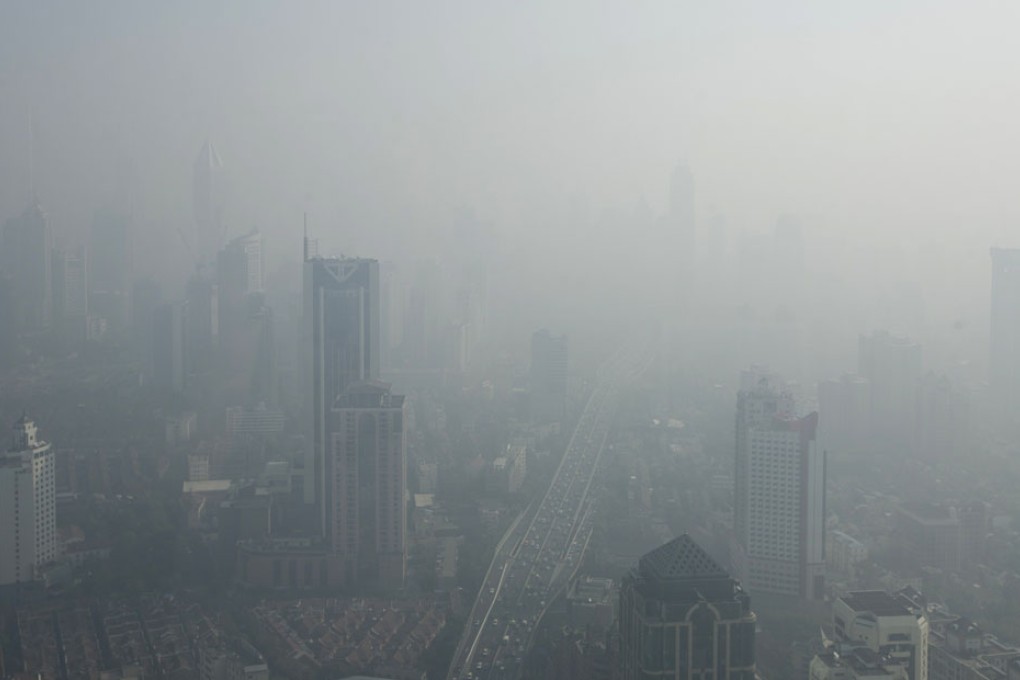China must tackle effects of smog
The prevalence of smoking in China tends to fudge the contribution of air pollution to the growing incidence of respiratory disease. A couple of examples that emerged this month are timely reminders of the cost of China's rapid development. In one, an eight-year-old girl has become the nation's youngest lung-cancer patient, with doctors linking her illness to environmental factors.

The prevalence of smoking in China tends to fudge the contribution of air pollution to the growing incidence of respiratory disease. A couple of examples that emerged this month are timely reminders of the cost of China's rapid development. In one, an eight-year-old girl has become the nation's youngest lung-cancer patient, with doctors linking her illness to environmental factors. Dr Feng Dongjie of the Jiangsu cancer hospital says the girl lived on a busy road where she inhaled dust, including superfine particles considered to be the most lethal component of smog.
The other example recalled the saying that a picture is worth a thousand words, except in this instance it was the lack of a picture. The smog that hung over many Chinese cities, including Beijing, last month was so bad in the northeastern city of Harbin , where visibility fell to below three metres, that even public security surveillance cameras could not penetrate thick layers of particles. The immediate concern for the authorities is safeguarding national security though a street surveillance network. They should also be deeply worried about the effects of smog on the public's health as they are insidious and, if and when the air clears, will linger much longer.
The World Health Organisation has classified this pollution, from vehicles, power plants and factories, as a leading cause of cancer - even worse than passive smoking. This is reflected in the mainland's soaring rates of cancer and respiratory disease. Only last week Xinhua reported that the incidence of lung cancer in Beijing had risen more than 50 per cent in the decade to 2011. Health officials say smoking remains the prime cause, but admit that air pollution is also a factor. Medical science has more to learn about lung cancer. But officials don't need any more evidence that the environmental impact of rapid development is a factor. Hopefully, that will be reflected in a more sustainable economic growth model.
Meanwhile, the burden of respiratory disease in China could be eased by more genetic testing on lung-cancer patients - common in the West, but used in only 20 per cent of mainland cases and 60 per cent of Hong Kong's. Chinese University of Hong Kong professor Tony Mok Shun-kam, who chaired the recent 15th World Conference on Lung Cancer, says that in the 30 per cent of Asian cases linked to genetic mutations, genetic testing can enhance treatment options and lead to increased life expectancy.